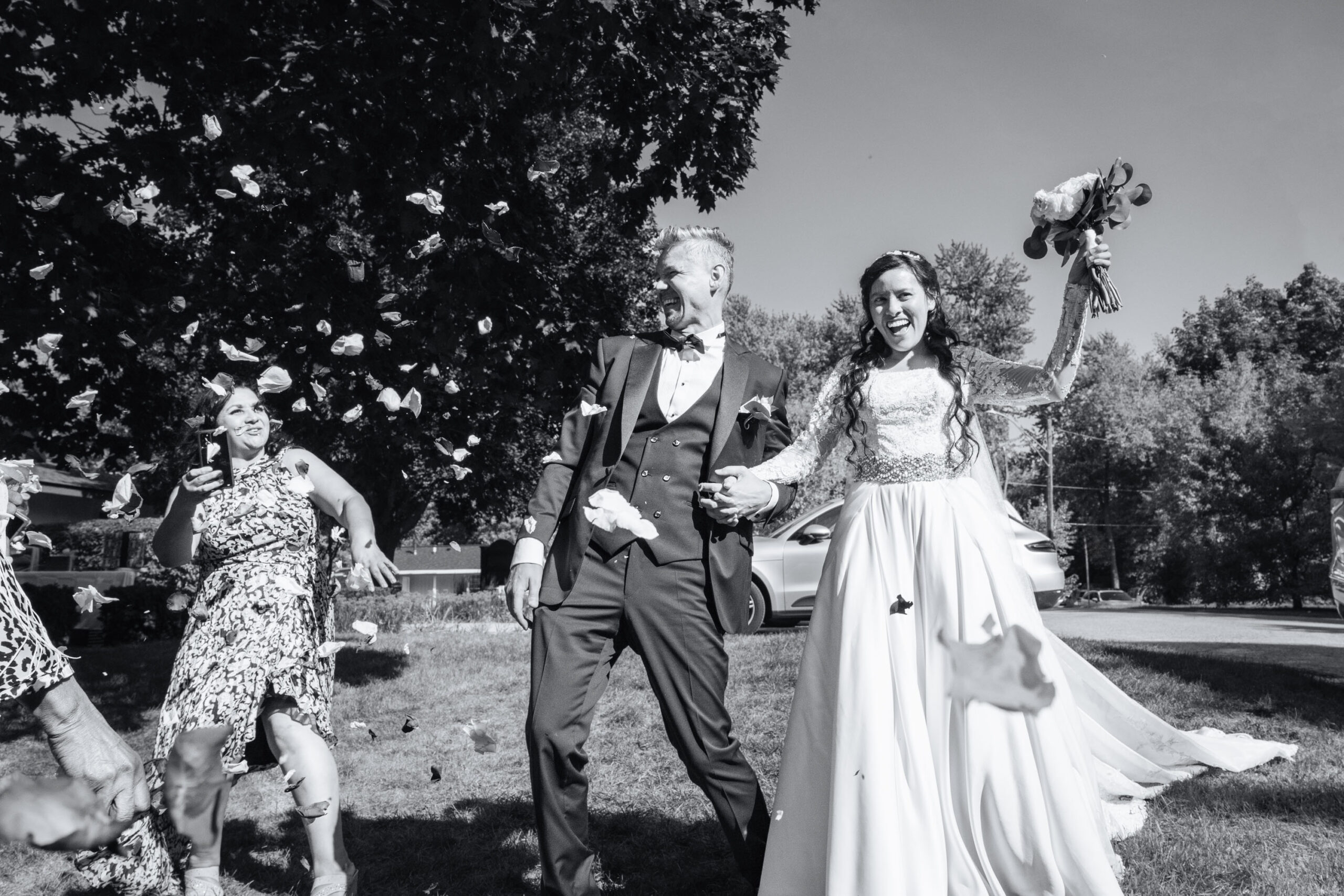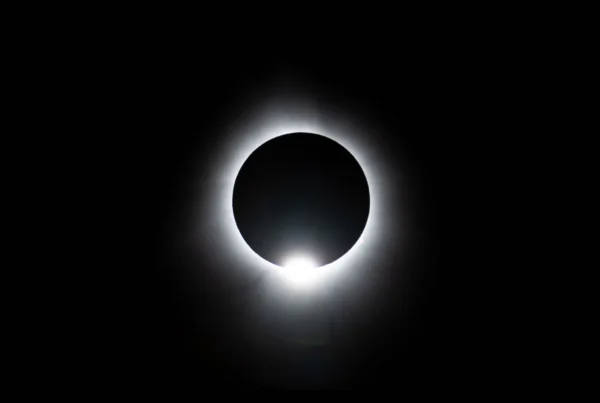What is an f-stop in photography?
In photography, an f-stop (also called f-number or f-value) is a numerical measure of the aperture size of a lens. The aperture is the opening through which light enters the camera. The f-stop is expressed as a ratio of the focal length of the lens to the diameter of the aperture. The formula for calculating the f-stop is:
f-stop = (focal length)/(aperture diameter)
The f-stop scale typically includes values such as f/1.4, f/2, f/2.8, f/4, f/5.6, f/8, f/11, f/16, f/22, and so on. A lower f-stop number indicates a larger aperture, while a higher f-stop number indicates a smaller aperture.
The explanation of f-stop
Every camera lens has a hole inside it through which light reaches the sensor. Your image is formed by this light. But how much light reaches the sensor is controlled by the size of that hole, which we call the aperture. Aperture size can be adjusted, and in photography, aperture size is graded using a scale known as f/stop.
The term “f-stop” refers to your camera’s aperture measurement. The aperture, expressed in f-stops, controls how much light reaches the camera. The aperture is an important element that forms the exposure triangle in photography, along with shutter speed and ISO (sensitivity to light).
By establishing depth of field, the f-stop helps you get the correct exposure and contributes to your image’s overall composition and aesthetics.
The significance of the f-stop
When you are a new photographer it’s really important to know how your camera works. The aperture is an important part of the exposure triangle. It determines the exposure (how bright your photo is going to be) of your photo.
The hole in the lens called the aperture regulates the amount of light that enters your camera. It is one of the three crucial components of the exposure triangle, along with shutter speed and ISO. Your depth of field, or how clear or blurry certain elements are in a picture, is also influenced by your aperture.
When you take an image, the shutter mechanism of the camera opens and light comes onto the sensor after which the shutter closes again. If the device you are using has a lens attached, the light passes through the lens before it reaches the sensor. The amount of light that enters your lens is controlled by the aperture blades. To put it plainly, the aperture regulates how much light passes through your lens.
Naturally, a large opening on your lens allows for the simultaneous passage of large amounts of light, and the opposite is true for a tiny opening. This is what we call a big or large and small aperture. So, a big aperture lets in a big quantity of light, a small aperture lets in a small amount of light.
For what reason is the aperture expressed as an f-number?
Aperture is written as a fraction. You should be familiar with fractions. An aperture of f/8 is equivalent to the fraction ⅛ (one eight). Also, ½ aperture is equal to f/2.
When someone advises using a large aperture, they usually mean an f-stop such as f/1.4, f/2, or f/2.8.
Someone who advises you to use a small aperture is suggesting an f-stop such as f/8, f/11, or f/16. The aperture and f-number are inversely proportional to each other. The aperture increases with decreasing f-number.
f/1.2–f/2.8
f/1.2 is considered a large aperture. Larger apertures are helpful in low-light situations because they let in a lot of light. These ranges are also frequently used in portrait photography because of the shallow depth of field that highlights subjects while softening the background into a bokeh blur.
Morrison suggests a 50mm lens if you’re interested in shallow depth of field and you’re just getting started. Almost all brands offer a reasonably priced, wide-aperture 50mm.
f/4–f/8
In most cases, these apertures are excellent mid-range. My favorite lens for shooting is a Sony 24-105mm f/4. I use it almost every shoot and overall, it’s a powerhouse piece of glass. The benefit of using this focal length is that it still allows for a shallow depth of field (f/4), which lets a lot of light in and produces sharp images. These lenses are also significantly cheaper than the f/2.8 of the world.
f/11–f/32
This range is referred to as a small range. Scenes with strong lighting and landscapes benefit from small apertures. Almost everything in your frame will be in focus when you shoot at f/11 and higher, giving you a wide depth of field. Increase the aperture if you are photographing a range of subjects at varying distances from you to make sure nothing is missed.
Consider the exposure triangle when choosing your aperture
Although they’re a useful tool for instantaneous reference, aperture scales shouldn’t be the only consideration when choosing your f-stop. The truth is that you shouldn’t use a specific f-stop when shooting a scene. Aperture, ISO, and shutter speed must all be balanced depending on the final look you want for your picture.
You may want to stop down your aperture when taking low-light photos of an indoor event. However, a shallow depth of field might not be what you want. You could use a flash and a medium-range aperture to keep everything in focus, or you could increase the ISO to make up for the low light. Another option to let in more light would be to slow down your shutter speed.
Conclusion
Although aperture (f-stop) may seem complicated, it makes much more sense in real life. And experimenting and having fun are the best ways to achieve that. Adjusting all of your settings at once might be challenging at first, but it will get easier in time. You’ll quickly become as familiar as your hand with which settings are appropriate under what circumstances.









